“Everything that we found is testimony to the horrible events” of WWII plane crash
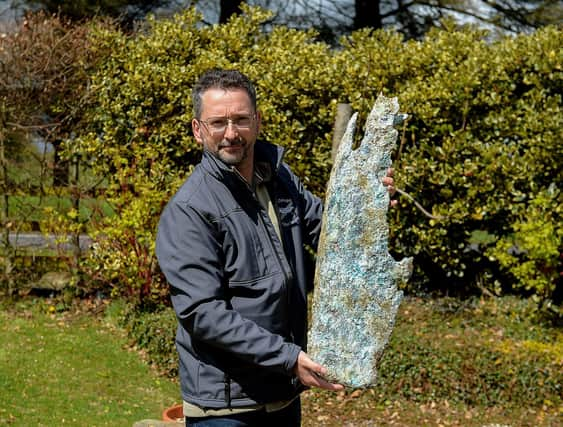

The team made history with the excavation, as it was the first licensed dig for a WW2 aircraft in the North.
The twin-engined aircraft, serial number AW 271, crashed on April 30, 1942 just outside Ballykelly while undertaking parachute tests.
Advertisement
Hide AdAdvertisement
Hide AdSadly the three crew members on board were killed in the crash.
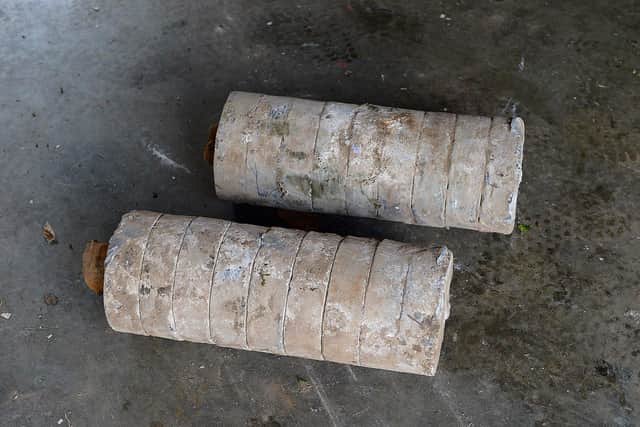

They were 22-year-old F/L Archibald Duncan Livingstone RAF, 31-year-old F/L Richard William Gilbert Holdsworth RAF VR and 22-year-old F/S Stanley Frederick Chadwick.
The excavation was licensed both by the MOD JCCC (Joint Casualty and Compassionate Centre) and by the Department for Communities (Historic Environment Division).
It was filmed for the BBC archaeology series ‘Digging for Britain’ and the show will air later this year.
Advertisement
Hide AdAdvertisement
Hide AdThe group was supported by funding through Derry City and Strabane District Council’s Youth Making It Happen Participatory Budgeting (PB) scheme.
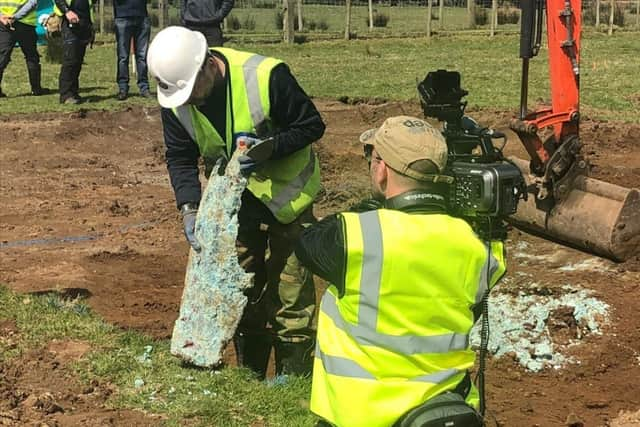

The young people have also set up a fundraising page to enable them to place a memorial to the crew at the crash site, as well as arranging a suitable commemoration event later in the year.
In addition, they are planning for a trip to the RAF Museum – Hendon in London to meet the relatives of the crew in front of the only surviving example of a Beaufort to be found in the UK.
The team used a variety of state of the art surveying and detecting equipment and spent almost 18 months finding the site of crash and obtaining permission for the dig.
Advertisement
Hide AdAdvertisement
Hide AdAnecdotal evidence had placed the crash in an adjacent field and the team spent many fruitless hours searching that location.
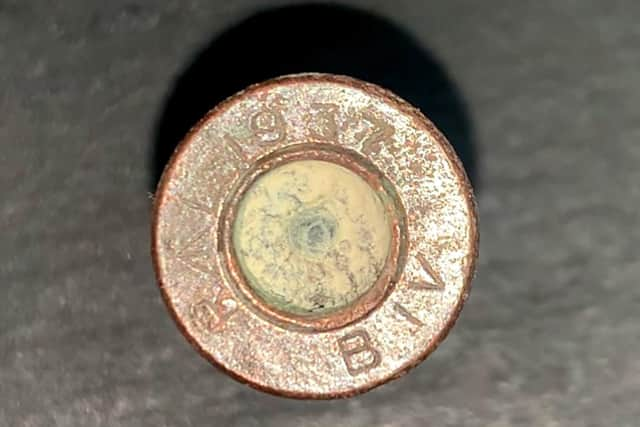

It was only last summer that the exact spot was finally located.
“That was a great day, we were on the verge of stopping our searches, when we thought ‘one last go’ and searched the adjoining field,” dig organiser Jonny McNee said. “Within minutes we had our spot – 80 metres away from where we had been previously searching!”
The Foyle College Aviation Team pupils worked closely with the relatives of each of the crew who have been traced to keep them fully informed of the dig project.
Advertisement
Hide AdAdvertisement
Hide AdThe FCAT pupils are no strangers to such digs, having previously excavated a Battle of Britain Spitfire and a US P38 Lightning as part of a critically acclaimed and award winning 18 month exhibition for Monaghan County Museum between 2017 and 2019.
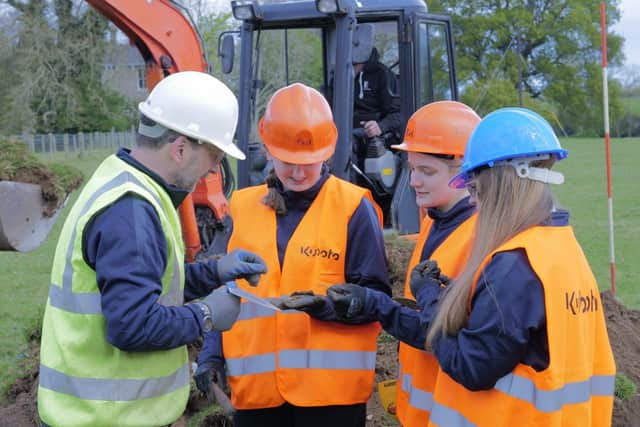

The group was initially launched in 2017 and many of the current members joined when they were in their junior years at the school.
This dig took place in between the pupils exams, and while many teenagers may not wish to spend their Saturday sifting through mud three of the FCAT group have explained how much fun it can be.
Marcie Craig, Amy Spain and Kayla McDermott initially joined when they were in year nine.
Advertisement
Hide AdAdvertisement
Hide AdNow in year 13, they have learned so many new skills and gained so much confidence as a result of the three digs they have taken part in with FCAT.
All of the pupils were assigned a crew members’ family to update throughout the dig and for Kayla it was one of the most enjoyable aspects of this particular project.
“I loved connecting with the families and seeing how much it meant to them. They knew nothing about their family members and if anyone was in the same position, the would want to know.
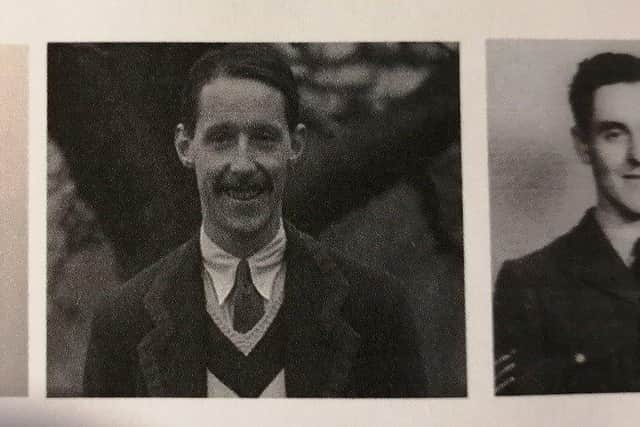

“Recovering these things and showing their relatives what was left behind gave me such a great sense of achievement.”
Advertisement
Hide AdAdvertisement
Hide AdAmy, who loves science, said the opportunity to use state of the art technology was a huge bonus of being part of the group.
“For me that is what makes the digs so much fun. It is not an opportunity we would get every day.”
Teacher Nicole Sloane, who runs the FCAT group, said the dig gave pupils a great experience.
“These young people are exposed to professionals and the application of geology in a wider sense during projects like this. They are using equipment worth many thousands of pounds and they wouldn’t normally have access to that.
Advertisement
Hide AdAdvertisement
Hide Ad“They are involved in every stage from planning to the initial surveys, to analysing and interpreting results and then that culminates in the dig day when everything blends together.”
For Marcie being both a geography and history student, taking part has given her particular insight into WW2 and what was happening closer to home.
“I am learning about that period so it is really interesting to me. Using all the equipment is so much fun too.”
Ms Sloane said that the team got really invested in this particular dig and look forward to meeting the relatives in the future.
Advertisement
Hide AdAdvertisement
Hide Ad“These guys are always just ready to take every opportunity, they became so invested in this so quickly. They have learned so many skills and have gained such confidence.”
Dig organiser Jonny McNee said: “The young people were just brilliant, they did such a great job of representing themselves, their families and their school, but also the relatives of the crew.”
A multi-disciplinary team was assembled for the dig which unearthed two large pits full of the post-crash debris tidy up that was undertaken in 1942.
The fuselage of the aircraft was consumed by fire after the impact and much evidence of the intense burning was revealed.
Advertisement
Hide AdAdvertisement
Hide AdThe pupils revealed the burnt soil surface and many pieces of molten aluminium.
The team knew that the site had been subject to an RAF tidy-up in 1942, but their surveys indicated that parts still remained.
Key items found were parts of a propellor blade, the fuselage ballast weights, and much piping and cabling.
A number of bullets were also found by the team, and while they had all exploded during the fire the markings on them remained clear.
Advertisement
Hide AdAdvertisement
Hide AdThe markings on them indicate they were made in 1937 and even detail where they were made.
Jonny said the finds were ‘very poignant’ and ‘laid to rest all the ghosts and concerns’ the relatives had.
He said the team were not expecting to find huge amounts of debris, as given the fatalities involved the RAF would have been meticulous in the previous clean up.
However, Jonny said the small amount they did have answered the questions of the relatives.
Advertisement
Hide AdAdvertisement
Hide Ad“The families were absolutely delighted with all that we found. We had a set of questions that we wanted to answer - was this the correct site, how did the plane crash, was there a fire - and everything we found is testimony to the horrible events of that day.
“The families were delighted to know that the clean up in 1942 was professional and considerate.”
Jonny said the team were surprised by some of the finds on the day.
“The propellor blade came as a bit of a surprise. It was very corroded, but still has a very solid weight to it. It is etched with fire, but you can still see the original black specks of paint on it as you would in wartime.
Advertisement
Hide AdAdvertisement
Hide Ad“All of the finds were in the top foot or foot and a half of soil. Each of the tail weights we recovered took two of us to carry.”
Jonny thanked all those who gave of their time and expertise to make the dig a success, particularly in the middle of a global pandemic.
The project team also acknowledged the assistance of the PSNI in Derry & Limavady and other relevant experts who ensured the dig went ahead safely and legally.
Over the coming days, the FCAT pupils will be cleaning and preserving all the recovered artefacts before they go on display in museum locations.
To donate to the FCAT fundraising for a commemoration and memorial visit: https://www.justgiving.com/crowdfunding/bristolbeaufortaw271